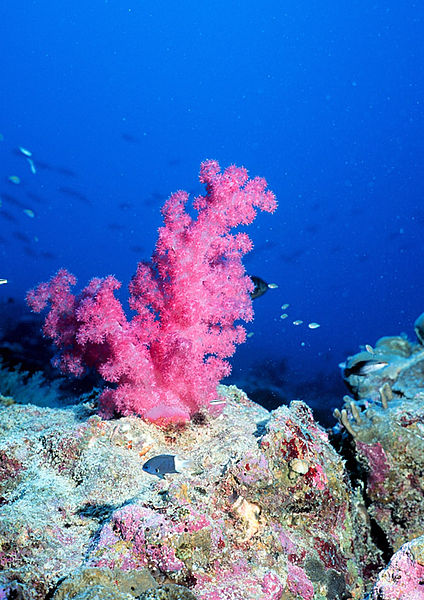 Some time ago, we discussed the scientific naming system and how common names can vary between hobbyists, sources and regions. Sometimes, they can also overlap. Take, for example, the “Purple Reef Lobster”. There are two lobsters that are commonly sold and imported under this generic name. Daum’s Purple Reef Lobster and Debelius’s Purple Reef Lobster are similar in size, color and appearance, but are actually separate and unique species. An untrained eye may easily me fooled…
Some time ago, we discussed the scientific naming system and how common names can vary between hobbyists, sources and regions. Sometimes, they can also overlap. Take, for example, the “Purple Reef Lobster”. There are two lobsters that are commonly sold and imported under this generic name. Daum’s Purple Reef Lobster and Debelius’s Purple Reef Lobster are similar in size, color and appearance, but are actually separate and unique species. An untrained eye may easily me fooled…
Daum’s Purple Reef Lobster (Enoplometopus daumi) is probably the more common out of the two in most marine aquariums. Its body is mostly orange with some fine red lines and markings. The purple is on the top of the head, just behind and to the rear of the eyes, and on the front claws. The front of the claw – mostly the hinged “thumb” part – may be faintly banded. The shell on the abdomen of the lobster has tiny white spots and the legs are usually bright reddish-orange.
Debelius Purple Reef Lobster (Enoplometopus debelius) is in  some ways the opposite of the Daum’s and, in my opinion, more deserving of the “Purple” in Purple Reef Lobster. Instead of a colored shell with light spots, the base color on the Debelius is light lavender with darker purple spots over its entire body and darker purple claws. The legs and antennae are bright orange and the tip of the claws and the “thumbs” of the claws are banded with pale and bright orange.
some ways the opposite of the Daum’s and, in my opinion, more deserving of the “Purple” in Purple Reef Lobster. Instead of a colored shell with light spots, the base color on the Debelius is light lavender with darker purple spots over its entire body and darker purple claws. The legs and antennae are bright orange and the tip of the claws and the “thumbs” of the claws are banded with pale and bright orange.
Cliff Notes version? Daum’s = colored body, white spots. Debelius = pale body, darker spots. Both lobsters are generally considered reef safe and community safe with caution, have the same meaty scavenger diet and grow to about 5 inches in length. Two different lobsters, one common name, but each a beautiful and fun to watch aquarium addition to your saltwater aquarium.
 A few months ago I wrote about SeaSmart, a new program/company planning to revolutionize the way livestock is collected and handled, before it ends up in a local retail store. The program was working out extremely well, with an influx of sustainable Papua New Guinea fish to the market every week. The aquaculture portion of the company was on the verge of sending out the first coral frags in the coming months.
A few months ago I wrote about SeaSmart, a new program/company planning to revolutionize the way livestock is collected and handled, before it ends up in a local retail store. The program was working out extremely well, with an influx of sustainable Papua New Guinea fish to the market every week. The aquaculture portion of the company was on the verge of sending out the first coral frags in the coming months. That Fish Blog – Aquarium Advice and Information
That Fish Blog – Aquarium Advice and Information







